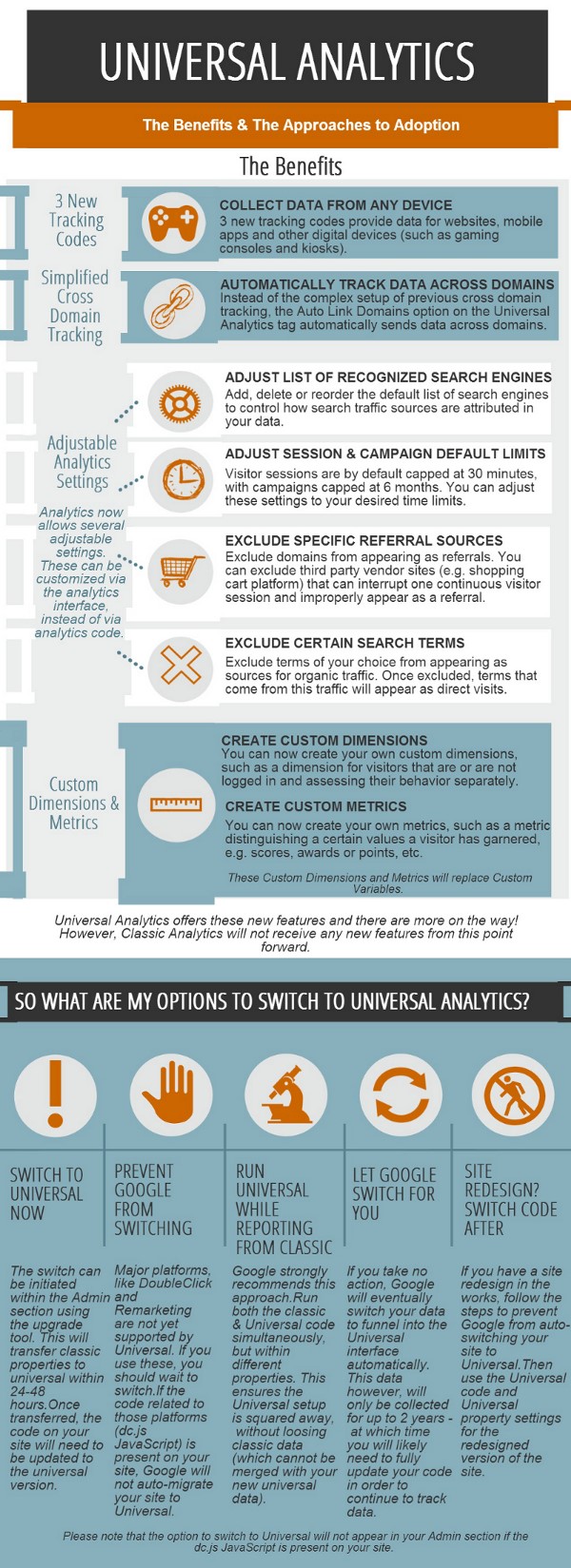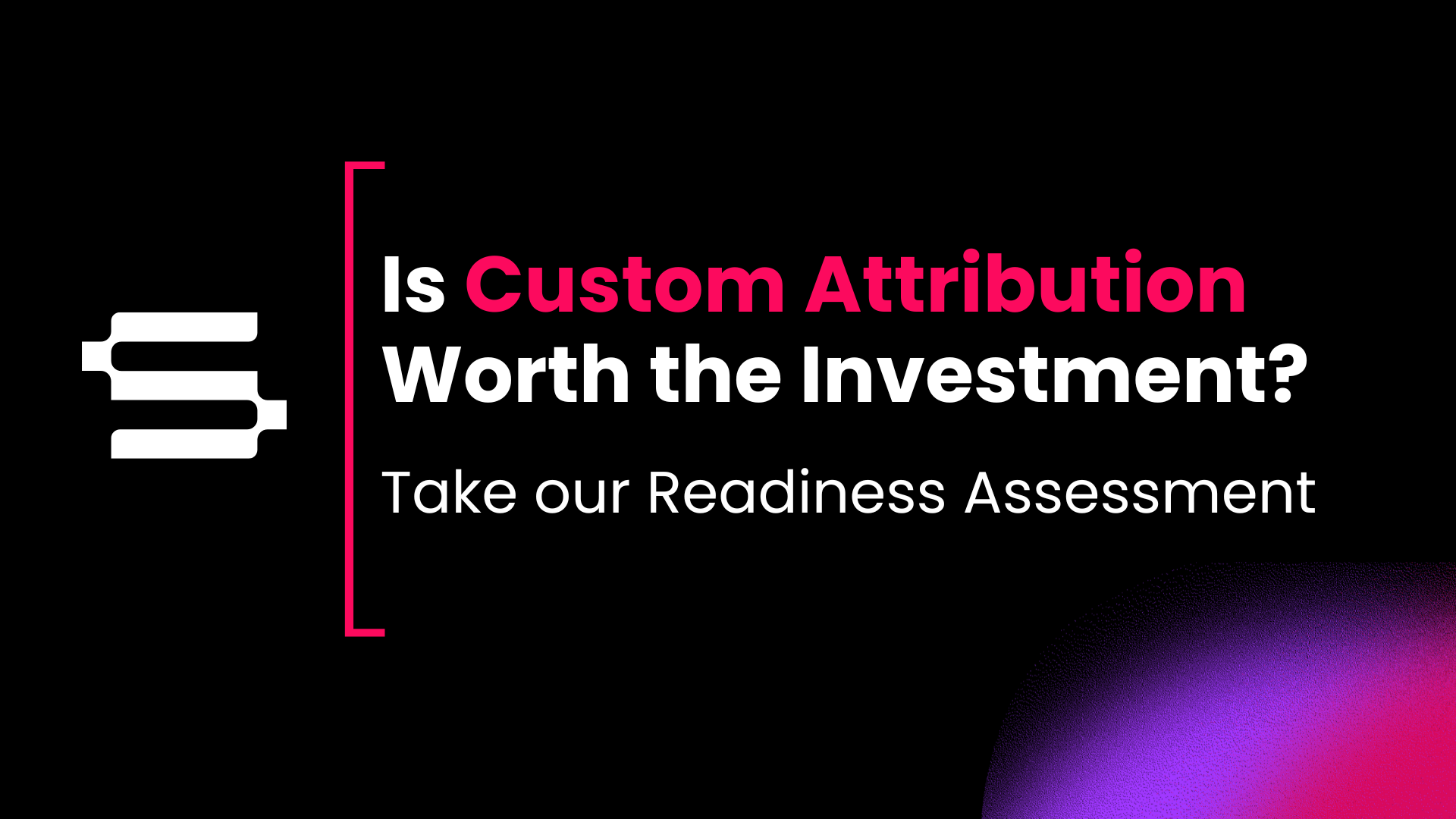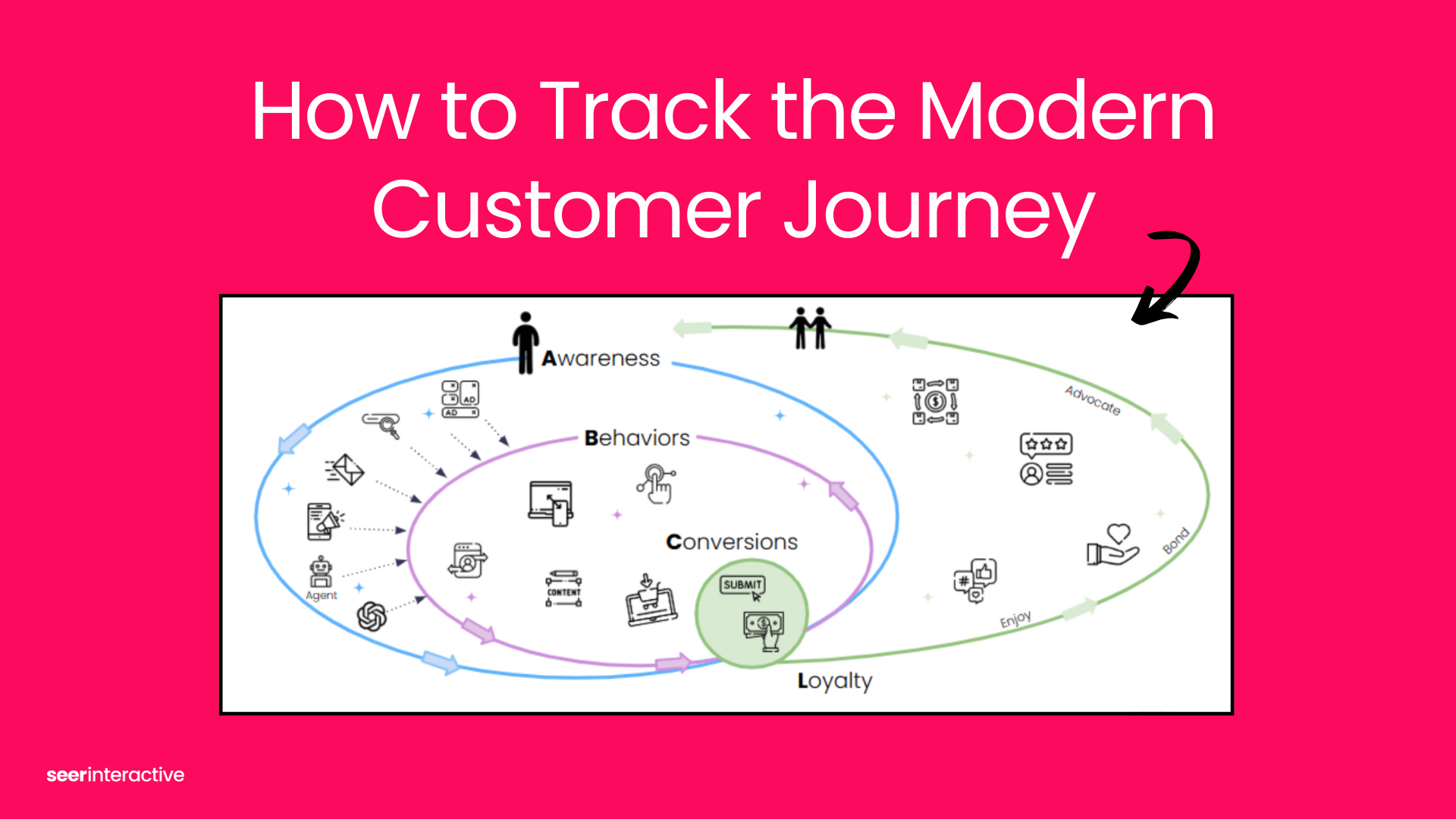Whether or not you're an analytics nerd, you've probably heard that Google Analytics has released a new shiny version of GA called Universal Analytics.
This new version not only gives you more customized control of your analytics settings but offers the possibility to collect data on your visitors across many devices, among other things.
Upon hearing about this new version of analytics, you did one of several things:
- Immediately started researching how to get this new version on your site
- Wanted to first know what the heck the difference was between the new and old versions
- Yawned and figured you'd wait to hear about others in your industry using the new version before addressing this
Regardless of your response, getting simplified information on the benefits of Universal Analytics and what it means to you can be overwhelming with the variety of sources reporting on this.
In addition, Google has already begun the process of rolling out this new version (you can view their Upgrade Timeline here), so it is vital to have a plan in place to take full advantage of its features.
With this in mind, we've put together a bulletin of sorts to summarize the advantages of the new Universal Analytics and the best approach to adopt it.
Find this bulletin below, or click-through to view it independently.

Are you planning on switching your site to Universal Analytics? If so, let us know what approach you plan to take in the comments below!
In addition to this bulletin, please reference these great resources for more information on Universal Analytics:
- SEER's own Nico Miceli's post on Using Universal to Measure Interaction With Assets Across Sites
- Google's Justin Cutroni's piece on How Universal Analytics Will Drive Strategic Marketing
- Hear it straight from the source - Google's Universal Analytics Help Center


